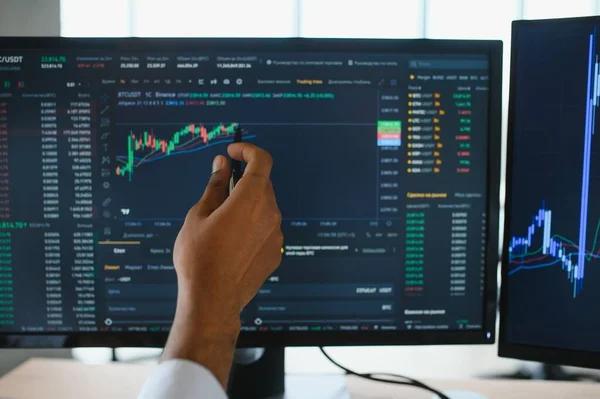In the rapidly evolving world of cryptocurrency trading, automation and artificial intelligence have become pivotal tools for investors seeking to maximize profits while minimizing manual effort. Fylnor, a relatively new player in this domain, has introduced AI-powered crypto strategies that promise automated profits through sophisticated algorithms designed to analyze market trends and execute trades with precision. The concept behind Fylnor’s platform is straightforward yet ambitious: leverage machine learning models trained on vast datasets to identify profitable trading opportunities faster than human traders can.
Testing Fylnor’s AI-powered strategies involves evaluating their performance across various market conditions, including bullish rallies, bearish downturns, and periods of high volatility. Initial impressions reveal that the platform employs a combination of technical indicators and sentiment analysis sourced from social media and news outlets. This dual approach aims to capture both quantitative signals and qualitative market moods, theoretically providing a more holistic understanding of price movements.
One notable advantage of Fylnor is its user-friendly interface which allows traders-regardless of experience-to set parameters such as risk tolerance, investment amount, and preferred cryptocurrencies. Once configured, the AI takes over by continuously scanning multiple exchanges for arbitrage opportunities or favorable entry points based on predictive analytics. During testing phases conducted over several weeks using simulated funds, Fylnor demonstrated an ability to generate consistent returns with fewer drawdowns compared to traditional rule-based bots.
However, no system is infallible; challenges remain in adapting AI models swiftly enough during sudden market shocks or black swan events where historical data may not provide reliable guidance. Moreover, automated trading carries inherent risks such as technical glitches or connectivity issues that could lead to missed trades or unintended losses. Therefore, users are advised to combine Fylnor’s automation with ongoing monitoring rather than relying entirely on hands-off operation.
Another key consideration is transparency regarding how the AI makes decisions-a factor crucial for building trust among users wary of “black box” algorithms. While Fylnor offers some insights into its strategy logic through detailed reports post-trade execution, deeper access into model workings would enhance credibility further.
In conclusion, testing Fylnor’s AI-powered crypto strategies reveals promising potential for automating profitable trades through advanced analytics and real-time adaptation. Its blend of ease-of-use and algorithmic sophistication positions it well within the competitive landscape of crypto trading platforms focused on automation. Nevertheless, prudent users should maintain vigilance given market unpredictability and technological limitations inherent in any automated system. As artificial intelligence continues advancing within finance sectors worldwide, platforms like Fylnor represent an exciting glimpse into future possibilities where machines augment human decision-making in complex markets like cryptocurrency.

